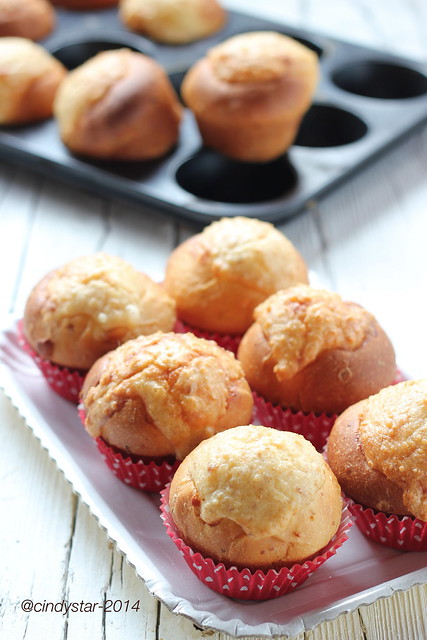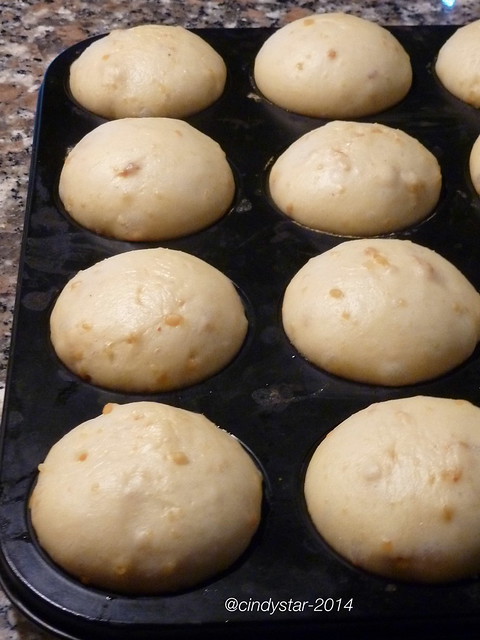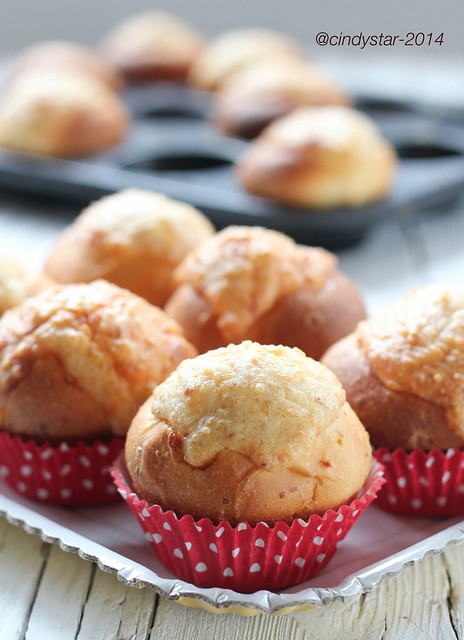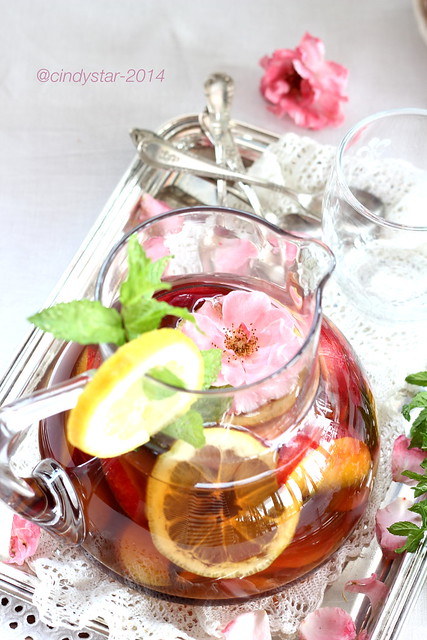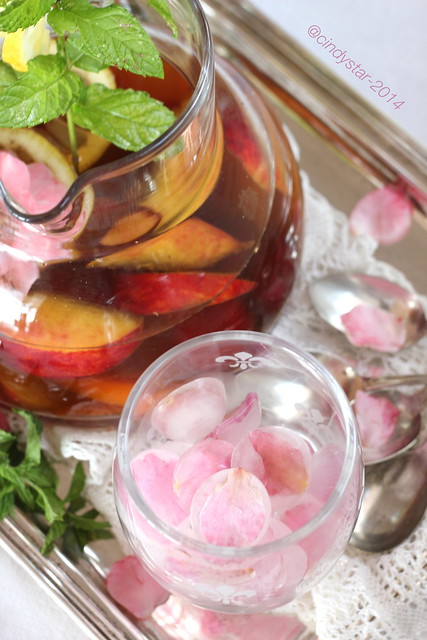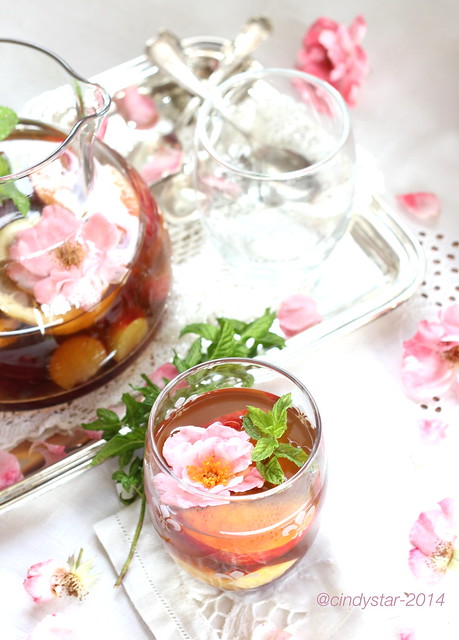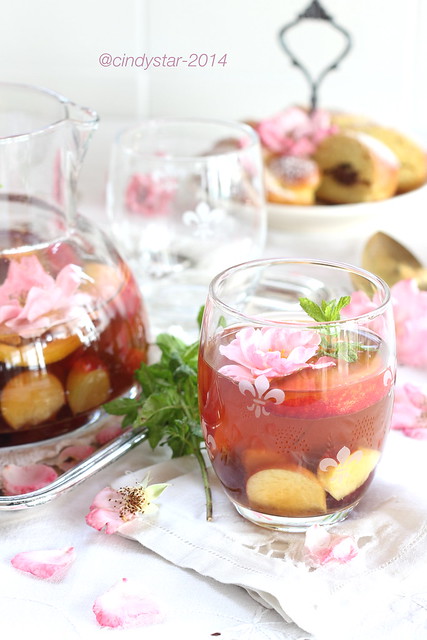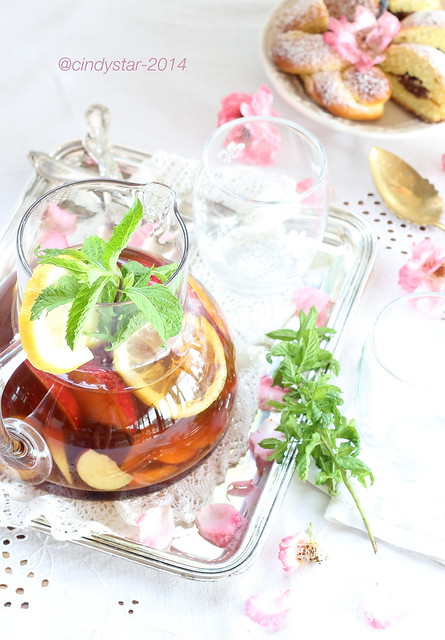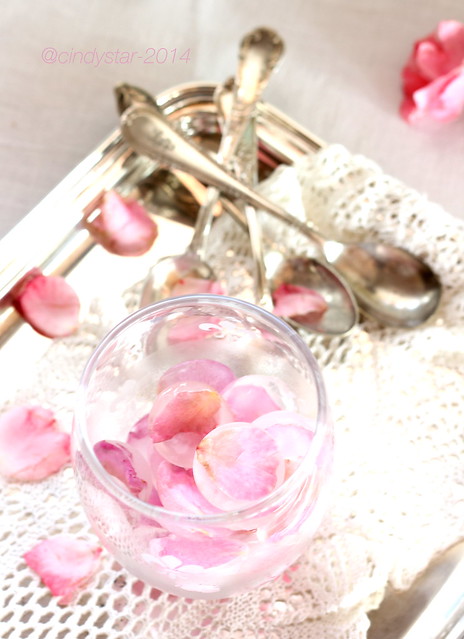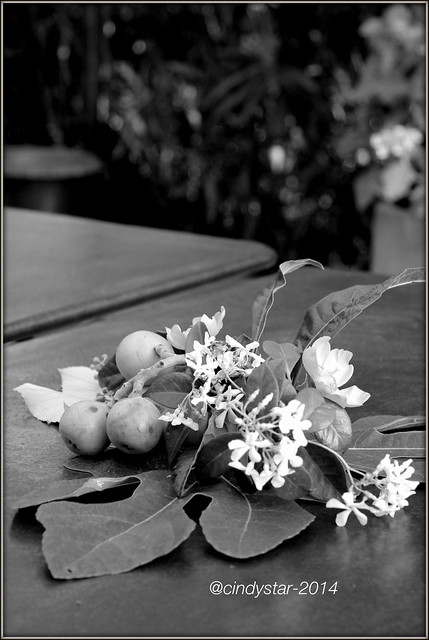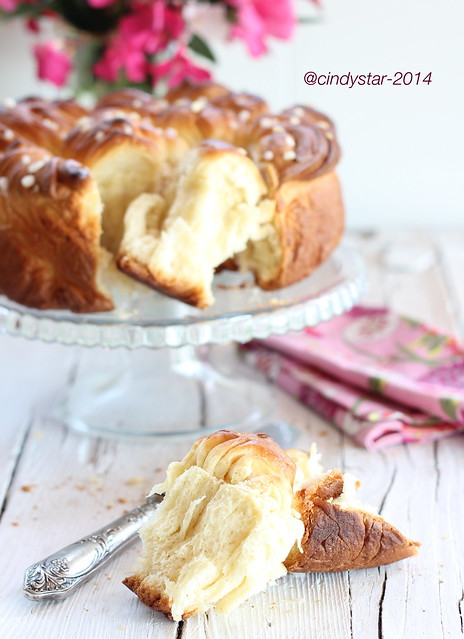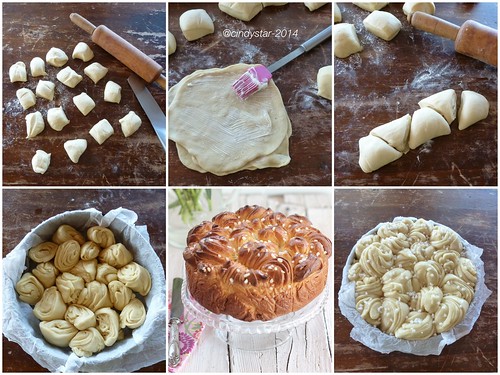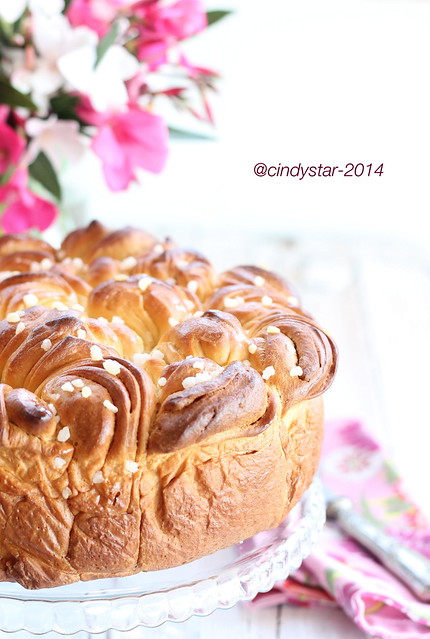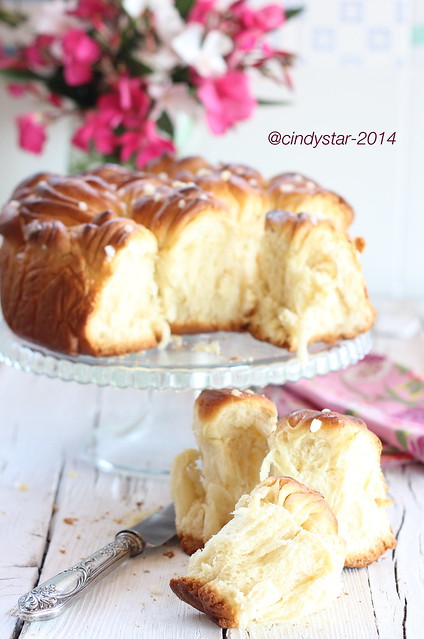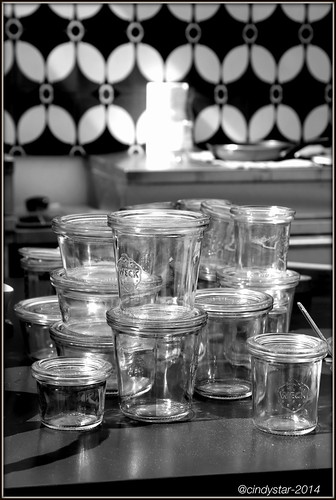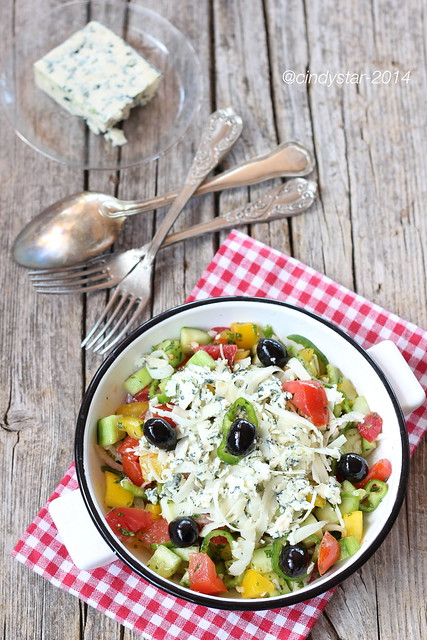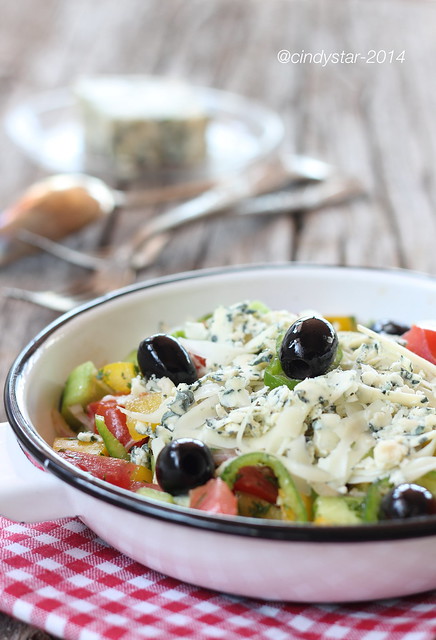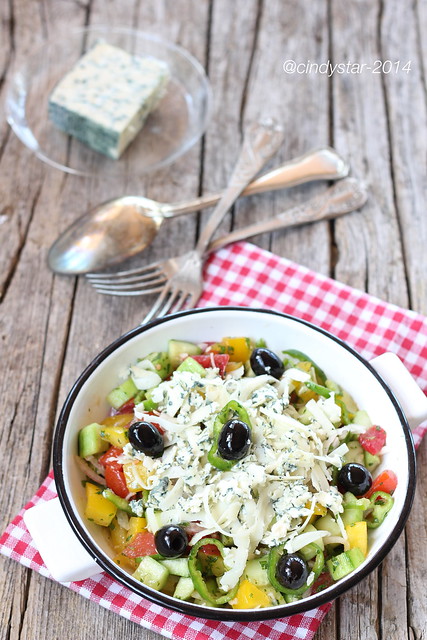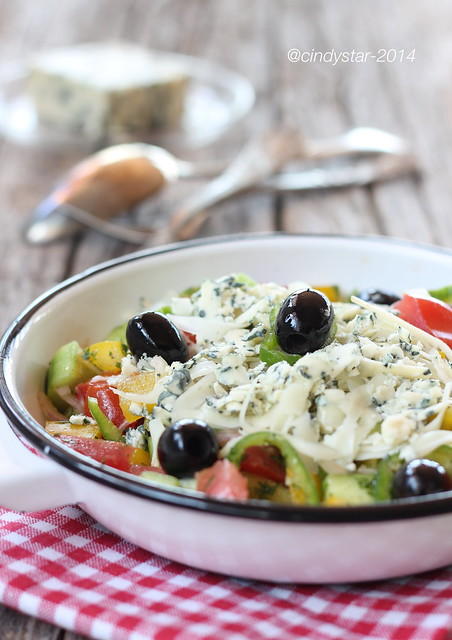So glad to be back again baking with Aparna of
My Diverse Kitchen's group
We Knead to Bake.
For this month the
challenge was about Komaj, a Persian turmeric and cumin bread filled with chopped dates and cardamom flavored.
This sweet and savoury bread is usually served with tea, but I suppose it will nicely fit on a Sunday Brunch. The recipe is taken from Greg and Lucy Malouf’s book, Saraban – A Chef’s Journey Through Persia, and here’s what they have to say about Komaj:
This is our interpretation of a wonderful savoury–sweet bread we tasted in the oasis town of Mahan in the south-east of Iran. Cumin is grown in abundance in the region and is used to flavour many of the local dishes, often in combination with turmeric.
In Iran they usually cut Komaj into heart shaped buns because but for the first time I ant for an easier round shape, and this dough has three rises instead of the usual two.
I was very surprised of the lovely flavor and aroma of this bread, do give a try because the combination of turmeric, cumin and dates is really a good one and worth experiencing: in case you are still doubting, just halve the amount of spices.
The dates to be used are the dehydrated ones that are still a little soft, and can be sliced through easily with a knife.
Komaj
(Persian Date Bread With Turmeric & Cumin)
Ingredients for about 12 buns:
Dough:
1 tsp active dried yeast
1/8 cup warm water
3 3/4 cups bread flour (or all-purpose flour)
2 1/2 tsp cumin seeds, toasted and lightly crushed
1/4 cup sugar
1/2 tsp turmeric powder
1/2 to 3/4 tsp salt
1 egg
1 cup warm milk
1 1/2 tbsp olive oil
Filling:
12 to 15 dried dates, pitted and cut into chunks (the slightly soft kind)
25 gm unsalted butter, soft at room temperature
4 to 5 pods cardamom, powdered
milk/cream/beaten egg for brushing
icing sugar, for dusting (optional)
Dissolve the yeast in the warm water and keep it aside for 10 minutes and it will have bubbled up a little.
Put the flour, 2 tsp of the crushed cumin, sugar, turmeric and salt in the bowl of your food processor and run a couple of times to mix. Then add the yeast mixture and the egg and run the processor again, till it is incorporated.
Now add the milk and olive oil, and knead until you have a smooth and pliable dough that’s not sticky. Shape the dough into a ball and place in a well-oiled bowl, turn to coat the dough and then cover loosely and let it rise till it has doubled (about an hour or so).
When the dough has risen, deflate it and then shape into a round. Put it back in the bowl for a second rise till it has doubled (an hour or so).
In the meanwhile prepare the filling by mixing together the chopped dates, soft butter and cardamom together in a bowl.
Divide the dough in to 4 equal portions, and divide each in half so you have 8 portions.
Working with one portion at a time, roll each one out into a rectangle that is about between 1/4" and 1/8” thick. Choose a cookie cutter that is about 8cm at the widest. Press it down lightly in one half of the rectangle to guide you to put the filling.
Brush a little water over the entire surface to make sure the dough would stick well when folded over.
Then place about 1 tsp (more than this is not necessary) in the centre of the cookie outline and then fold the other half of the rectangle over the filling so that it’s now a covered square. Using the cookie cutter cut, with the filling in the centre, cut out the bun making sure the sides are neat and well sealed. If the sides are not well sealed, the bun will swell and open up during baking. It will taste good but look weird (that happened to me, even though I thought I did everything allright, and some buns looked like smiling frogs :-).
Repeat with the remaining portions of dough, then reroll the scraps and you should be able to make two more buns making a total of 10 buns (for me more, because my first buns were too much thin). Place them on a lightly greased baking tray leaving space between them because they will puff up on baking. Let them sit for about 15 minutes.
Then brush them with a little milk (or egg wash if you use it) and sprinkle the remaining ½ tsp of crushed cumin on top, pressing it down a little with your fingers. Bake the Komaj at 200C (400F) for about 8 to 10 minutes.
Let them cool on a rack a little and dust with icing sugar if you like.
Serve them warm with tea or coffee. These are best eaten the day they’re made. Leftovers can be reheated and eaten the next day, kept in an airtight box.
